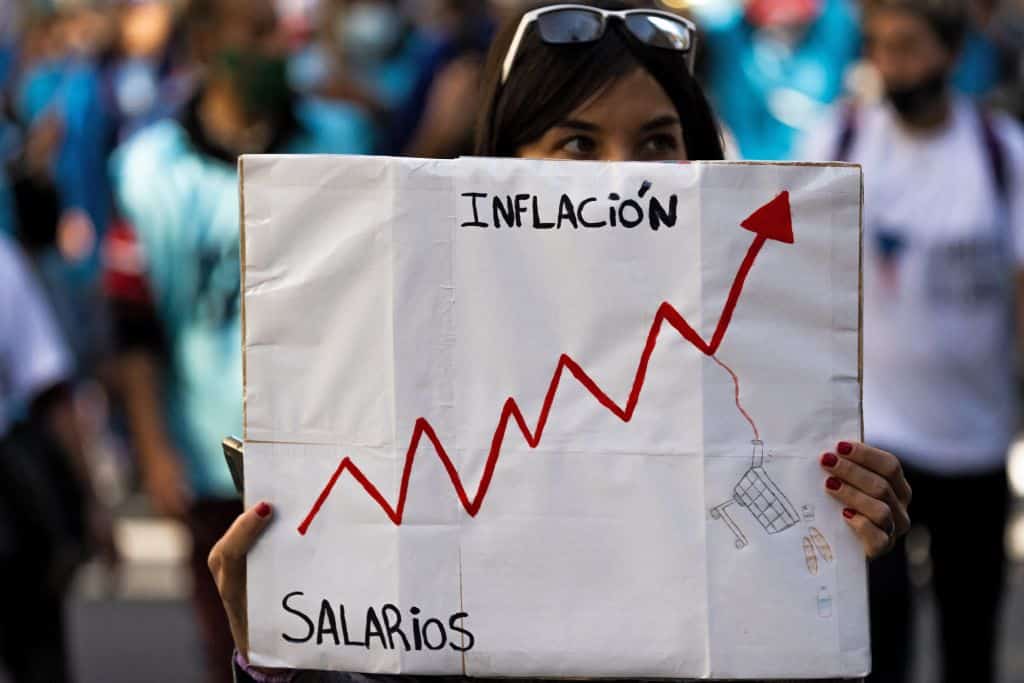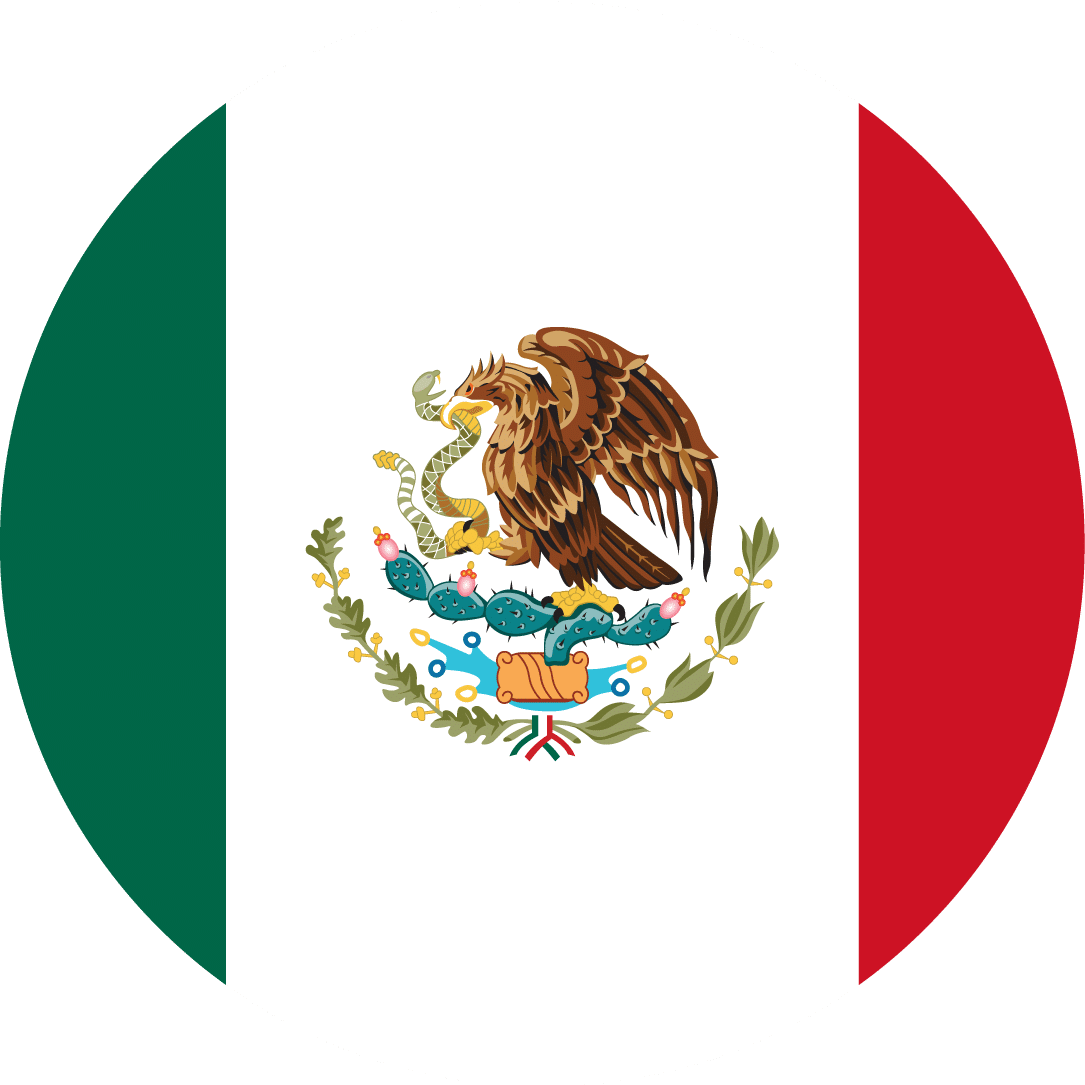
Latin America’s economic cycles are susceptible to fluctuations in global economic patterns, and the projected deceleration in 2023 is anticipated to leave a notable mark on the region.
A month ago, we started exploring the first three critical issues LATAM confronts this year: socio-economic inequality, political instability, and climate change. Today, we’ll dive into the remaining three challenges: dis(inflation), job recovery, and post-pandemic slow economic growth, which highly impact the region’s future and the mobility/relocation industry.
- Dis(inflation)
Many of the countries in Latin America reached their highest inflation in 2022. Although efforts have been made by government and international institutions to dissuade inflation, nations may require further monetary tightening — which in turn will impact countries’ economies. For instance, the Central Bank of Chile reported that the Chilean economy shrunk by 0.6% yearly in the first three months of 2023.
More so, the Economic Commission for Latin America and the Caribbean (ECLAC) stated that although inflation is expected to decrease, it will continue to be high for many countries in the region, conditioning monetary policy actions and macroeconomic policies.
However, there is still a chance for economic recovery since several of these policies aim to promote job growth, investment prospects, and financial sustainability.

- Job Recovery
New policy implementation and normalizing production processes are crucial to job recovery. Latin America is creating more and better jobs to battle unemployment.
The process, which started after the 2020 pandemic, has proven fruitful as the International Labour Organization (ILO) states that the unemployment rate in the region fell to 7.2% in 2022.
Nonetheless, it is still a complex and uncertain scenario as the progression of the market level will depend significantly on the (dis)inflation’s evolution.
Hence, nations must establish mechanisms for negotiating wages and fortifying labor institutions such as the minimum wage and collective bargaining.
- Post-Pandemic Slow Economic Growth
As we know, Latin America and the Caribbean have proved relatively resilient in the face of inflation, plus income and employment have largely recovered from the pandemic. Nonetheless, economic growth is threatened by the high number of informal jobs and the overall ‘informal economy.’
Furthermore, currently, the region has the largest migration crisis in history. Venezuela and Haiti have been the source of large recent outflows. About 7.5 million Venezuelans have fled the country since 2015, and about 1.7 million Haitians are abroad, adding to the 2 million internally displaced.

Regardless, it is crucial to note that the growth prospect of the region is inconsistent and highly uneven. Hence, some countries are expected to contract more than before (Argentina), but others less (Chile). More so, nations like Brazil, Colombia, and Mexico are expected to grow despite these challenges.
Overall, the Latin American economic outlook remains challenging but not hopeless. Despite the global slowdown, there are indications that the region is capable of resilience and can avoid the worst impacts.

The relocation specialists at LARM hold comprehensive knowledge of the Latin American landscape, allowing them to effectively address the challenges faced by the relocation and mobility industry and prioritize expats’ safety and health.
We partner with companies to provide customized relocation services that cater to employees’ preferences and requirements, including settling-in assistance, home finding, orientation services, and cross-cultural training.
Our destination support services encompass rigorous security protocols, identifying pre-vetted locations for home and school finding, country-specific do’s and don’ts, local emergency contacts, and other vital aspects.
Sources:
- Alvarez, J. P. (2023, January 6). 5 Economic Challenges Facing Latin America In 2023. Bloomberg Linea. Retrieved April 4, 2023, from https://www.bloomberglinea.com/english/5-economic-challenges-facing-latin-america-in-2023/
- Adler, Gustavo, et al. “Latin America Faces Slowing Growth and High Inflation amid Social Tensions.” IMF, 1 Feb. 2023, www.imf.org/en/Blogs/Articles/2023/02/01/latin-america-faces-slowing-growth-and-high-inflation-amid-social-tensions. Retrieved 23 May 2023.
- “Informality and Working Poverty Weigh down Labour Markets in Latin America and the Caribbean.” Labour Overview 2022 for Latin America and the Caribbean: Informality and Working Poverty Weigh down Labour Markets in Latin America and the Caribbean, 7 Feb. 2023, www.ilo.org/global/about-the-ilo/newsroom/news/WCMS_867540/lang–en/index.htm Retrieved 23 May 2023.
- “The World Bank in Latin America and the Caribbean – Overview.” World Bank, 4 Apr. 2023, www.worldbank.org/en/region/lac/overview. Retrieved 23 May 2023.
- Group, Global Investment Strategy. “Latin America Outlook 2023: Down, Not Out.” J.P. Morgan Private Bank, 23 Apr. 2023, privatebank.jpmorgan.com/gl/en/insights/investing/latin-america-outlook-2023-down-not-out. Retrieved 23 May 2023.

























































